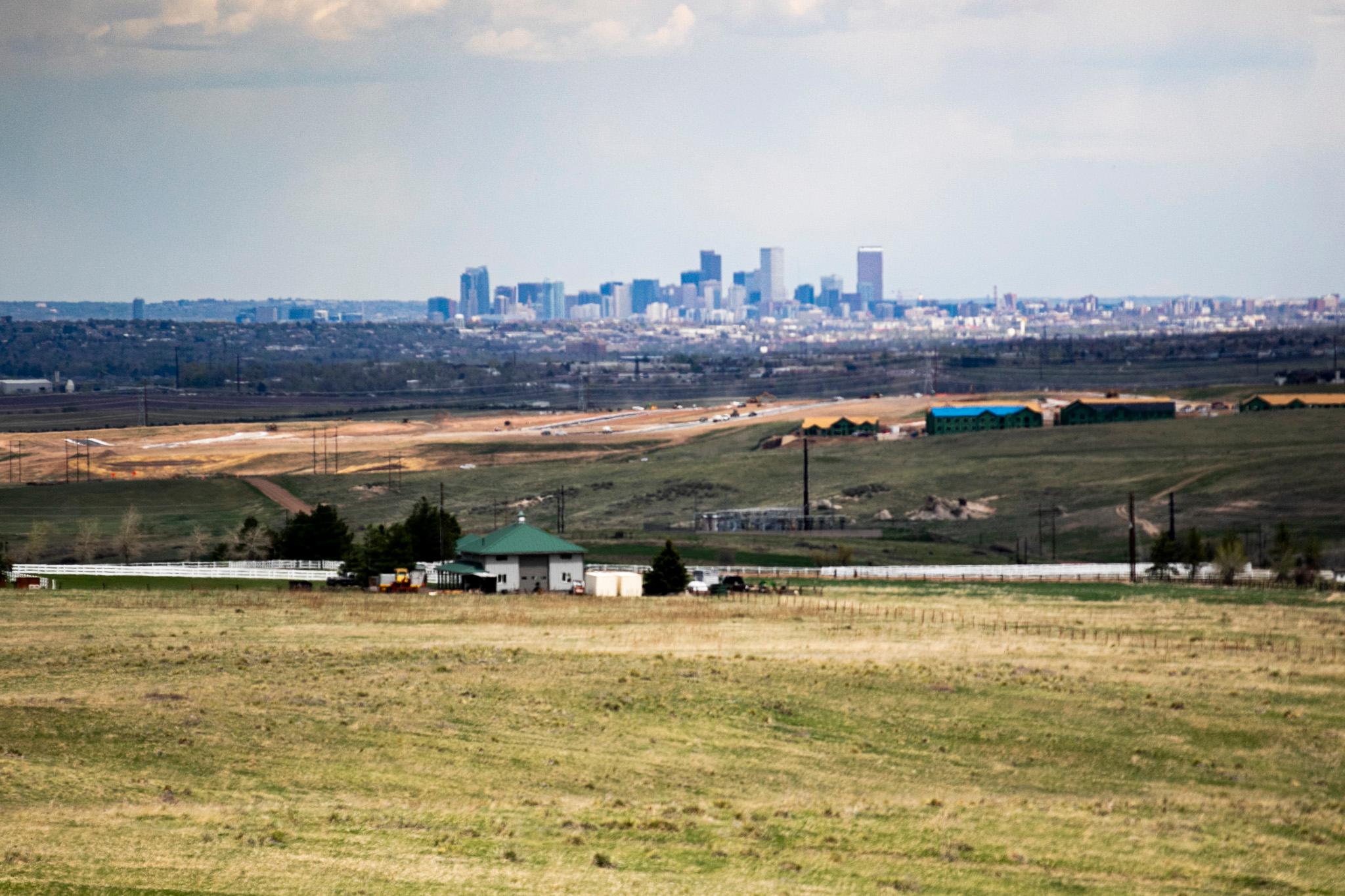By Ray Mark Rinaldi, One Good Eye
Let’s not beat up the city of Denver too much for its treatment of artists. It gives out its share of grants, props up cultural institutions and maintains some world-class facilities for the performing arts. Not really more or less than a lot of cities do, but it’s tangible.
At the same time, the government has watched for half a decade— and done almost nothing — as working artists have been pushed out of the urban core by rapid development. Scores of workspaces have gone away. Galleries have been evicted. Artists who contribute greatly to the culture, and get paid little for their efforts, have been forced to flee from the downtown neighborhoods they helped to resurrect due to rising rents and the demolition of buildings they long called home.
The situation went from tragic to dramatic last month when the artist-run space Rhinoceropolis was abruptly shut down for code violations, sending its residents to the streets on one of the coldest days of the year. People got angry. A lot of people. Rhinoceropolis stood as a symbol of all the creative spaces that have been shuttered or forced to migrate out of downtown, and all those places who are holding on by a thread.
In response, the city has set up a public meeting for Wednesday, Jan. 18. It plans to go over efforts that various city agencies — from public safety to planning to culture — are undertaking on behalf of the creative community.
It’s a chance for democratic dialogue: For the government to demonstrate its leadership, and for concerned citizens to question it. But the anger persists and it’s only grown over the past month and the city has much to prove if it wants artists, musicians, filmmakers, curators — and all people who believe the availability of affordable housing is a fundamental right — to believe it’s on their side.
Here are four things the city will have to convey — sincerely — if it wants to show it is with the creative community, or just posturing to quiet things down.
1. An assessment that’s not full of platitudes.
Does the city really think it’s a problem that its creative class has been pushed out of the urban core? Does it realize the extent of the displacement? It needs to speak to the issue with specifics. Can officials actually name some galleries, work spaces and venues that have been shuttered due to abrupt evictions or rising rents? Or some of the artists and musicians who have gone elsewhere? It’s not enough to talk about how much we love the arts or value out-of-the-box thinking. Enough of that. Someone needs to prove that officialdom knows why it’s important to have artists in the thick of things and speak clearly about what they deserve in return for their contributions.
2. A clear understanding of who is in charge.
Is someone working on this? Who, how and what is the timeframe? Are they taking suggestions and collecting ideas, doing research? Can we at least get an email so artists, musicians, small entrepreneurs, architects and anyone else can be a part of the solution? People have been spouting great ideas, but don’t know how to pass them on.
3. Some frank talk about what’s possible.
How can the city help its creatives? Is it feasible that it could offer actual financial assistance that would help artists stay in their studios and keep galleries from abandoning downtown? That it could subsidize the renovations that would bring artist-supporting buildings up to code? That it could create an emergency fund that could, on a short-term basis, stave off evictions?
Is it possible that zoning laws could be changed in artist-friendly ways? City rules limit the number of unrelated people who can live in one space, but could it understand that artists work best in co-ops and create unique classifications that allow that? There are plenty of regulations to examine.
Can it establish requirements and/or offer tax incentives to developers who create affordable spaces for artists to do their work, or to live, in central neighborhoods?
Would the city be willing to look at its considerable holdings of land and buildings and put some of its own resources toward the problem?
Importantly, is there a municipal source of revenue that can help alleviate the problem? The city gives the Denver Art Museum $1 million a year (on top of the $8 million it gets from SCFD). Should that money and other cash that goes to secure institutions be diverted to help artists on the street?
4. A sense that city government is showing actual leadership on the issue
In Oakland, where the tragic fire at the artist-run Ghost Ship space took 36 lives, the city’s foundations came together to create a $1.7 million fund “to support affordable and safe spaces for the city’s artists,” as local media put it. It was philanthropic cash, but the city organized the effort. Is anything happening here?
Is the city working with the developers, bankers, construction companies and retailers — those folks who made big bucks by cashing in on the cache of having artists in their neighborhoods — to create ways of voluntarily helping artists stick around? Keeping artists in the hood actually keeps property values high and encourages more development and bigger profits — they’d have an incentive to assist, but only if someone helped them understand.
Are there any active efforts to identify privately-held properties that could be adapted to serve the needs of artists?
The meeting starts at 5:30 p.m. in the McNichols Building in Civic Center. It will only be as valuable as its participants — official and otherwise — make it.











